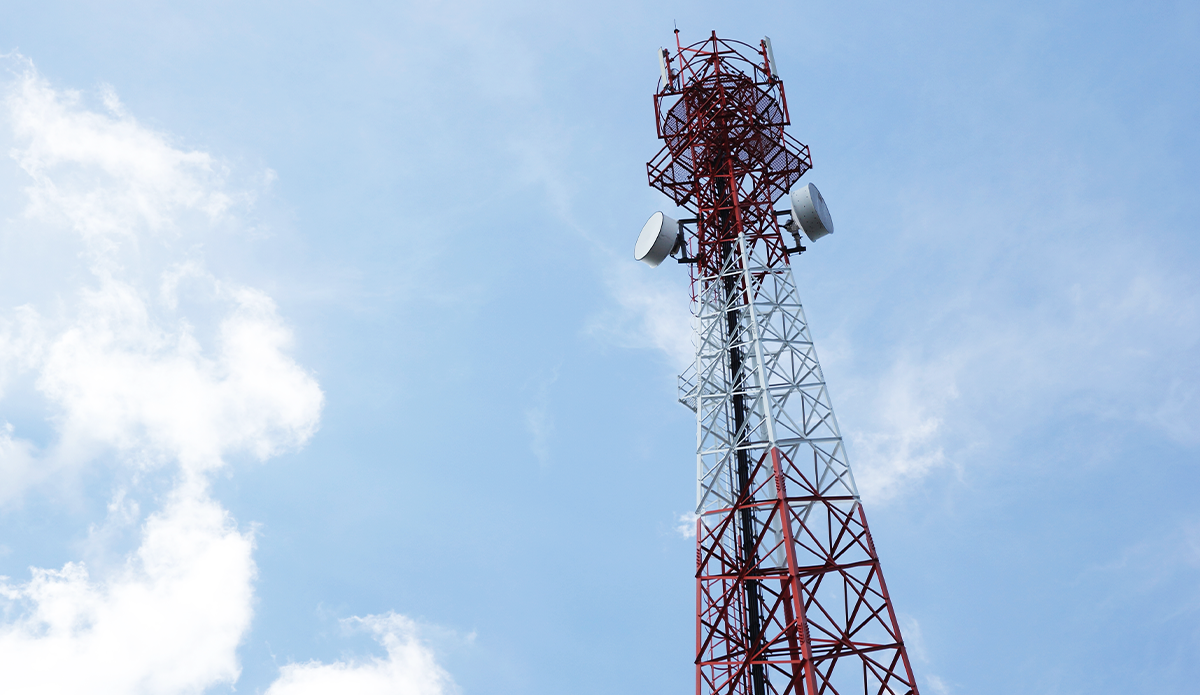Our Guide to Rural Broadband
Access to high-speed broadband has become a necessity rather than a luxury.
However, high-speed rural broadband is still more of a rarity than it should be.
Despite advancements in technology, the digital divide persists, leaving rural areas underserved and disconnected. In this blog post, we’ll delve into the challenges faced by rural communities regarding broadband speed and explore potential solutions to bridge this gap.
According to Ofcom, just over 14% of rural properties in the UK still do not have access to superfast broadband, which is defined as having download speeds of at least 30 Mbps.
Consequently, rural broadband remains an issue, hindering economic growth, education, healthcare, and overall quality of life for residents.
Why Is Broadband Lagging In Rural Areas?
The disparities in rural broadband speed stem from several factors:
- Infrastructure Challenges: Rural areas often lack the necessary infrastructure for high-speed internet access. Sparse population density makes it economically unfeasible for internet service providers (ISPs) to invest in laying fibre optic cables or upgrading existing infrastructure.
- Cost Barriers: Building broadband infrastructure in rural areas can be prohibitively expensive. The return on investment for ISPs may not justify the initial capital outlay required, leaving rural communities underserved.
- Topographical Limitations: Geographic features such as mountains, valleys, and dense forests can pose significant challenges to broadband deployment. These natural barriers obstruct signals and make it difficult to establish reliable connections in remote areas.
- Regulatory Hurdles: Regulatory frameworks and bureaucratic processes can impede the expansion of broadband networks in rural regions. Obtaining permits and navigating zoning regulations add layers of complexity to infrastructure projects, delaying implementation and exacerbating the digital divide.
What Types of Rural Broadband Deals Can I Pick From?
Depending on where you live, you might be able to access traditional fixed line broadband (usually copper phone lines.)
However, if this is not available, you might be able to pick from:
Wireless broadband: Through the use of radio signals transmitted from local transmitters, wireless broadband provides internet access to areas where fixed-line connections are not feasible.
Satellite broadband: Satellite broadband relies on satellite communication to deliver internet services to remote and isolated regions, offering a viable option for rural households without access to other types of broadband.
Mobile broadband: Leveraging mobile network infrastructure, mobile broadband allows users to connect to the internet via cellular networks, providing flexibility and mobility for rural residents.
How Is The Government Planning to Increase Rural Broadband Speeds?
So, what can be done to address these challenges and ensure equitable access to high-speed broadband in rural areas?
- Public-Private Partnerships (PPPs): Collaboration between governments, private sector entities, and local communities can facilitate broadband expansion in rural areas. PPPs can leverage resources, expertise, and funding to overcome infrastructure challenges and accelerate network deployment.
- Incentive Programs: Governments can incentivize ISPs to invest in rural broadband infrastructure through subsidies, tax breaks, and grants. By offering financial incentives, policymakers can encourage private sector involvement in expanding connectivity to underserved communities.
- Technology Innovation: Embracing innovative technologies such as satellite internet, fixed wireless access, and 5G networks can overcome traditional infrastructure limitations in rural areas. These alternative solutions offer cost-effective ways to deliver high-speed internet to remote regions.
- Policy Reform: Streamlining regulatory processes and removing barriers to broadband deployment can expedite network expansion in rural areas. Policymakers must enact policies that encourage investment, competition, and innovation in the telecommunications sector while prioritizing the needs of rural communities.
- Community Empowerment: Empowering local communities to take ownership of broadband projects can foster grassroots initiatives and drive momentum for change. Community-led networks, cooperatives, and DIY solutions can supplement traditional ISP offerings and fill connectivity gaps in rural areas.
What is Project Gigabit?
Project Gigabit is a UK government initiative aimed at accelerating the rollout of lightning-fast broadband networks to the most remote areas of the country.
By investing £5 billion, the project seeks to bridge the digital divide by ensuring that even rural communities have access to gigabit-capable broadband, with speeds of up to 1,000 Mbps.
This ambitious undertaking aims to transform connectivity in rural areas, unlocking new opportunities for businesses and improving access to online services for residents – and all by 2025.
How to Improve Your Home Broadband Speed
Here are some quick tips to increase rural broadband speeds at home:
- Position your router strategically: Place your router in a central location within your home to ensure optimal coverage and signal strength throughout.
- Use wired connections: Whenever possible, connect devices directly to the router using Ethernet cables instead of relying on Wi-Fi, as wired connections generally offer faster and more stable speeds.
- Minimise interference: Keep electronic devices that can interfere with Wi-Fi signals, such as microwaves, cordless phones, and baby monitors, away from your router.
- Update router firmware: Regularly check for updates for your router’s firmware and install them to ensure it is running efficiently and securely.
- Invest in a Wi-Fi extender or booster: If certain areas of your home have weak Wi-Fi signals, consider using a Wi-Fi extender or booster to amplify the signal and improve coverage.
- Limit background activities: Avoid running bandwidth-intensive activities such as large file downloads or streaming videos on multiple devices simultaneously, as these can slow down your internet speeds.
- Upgrade your broadband plan: Check with your internet service provider (ISP) to see if faster broadband plans are available in your area and consider upgrading to a higher-speed plan if necessary. You can instantly search offers in your area using our free tool.
In conclusion, bridging the broadband speed gap in rural areas requires concerted efforts from policymakers, industry stakeholders, and community leaders.
By investing in infrastructure, fostering innovation, and adopting inclusive policies, we can ensure that no community is left behind in the digital age.
Access to high-speed broadband is not just a matter of convenience—it’s a fundamental right that empowers individuals, stimulates economic growth, and fosters social inclusion.
It’s time to level the playing field and build a more connected future for all. Search our broadband offers and get expert advice today.








